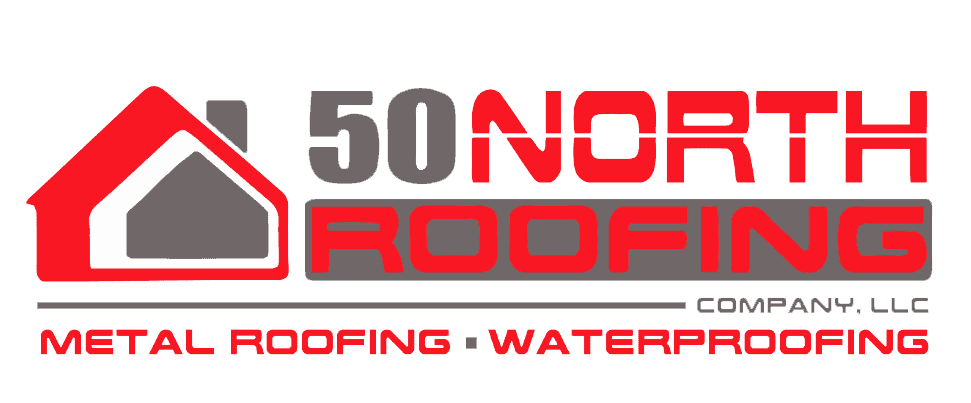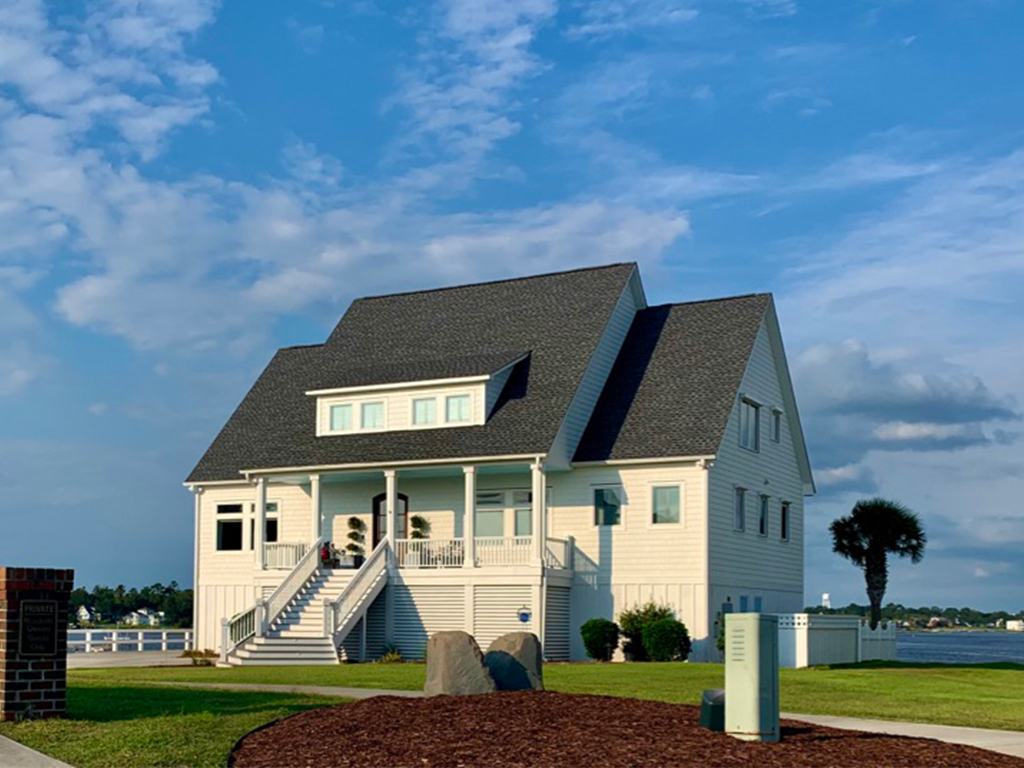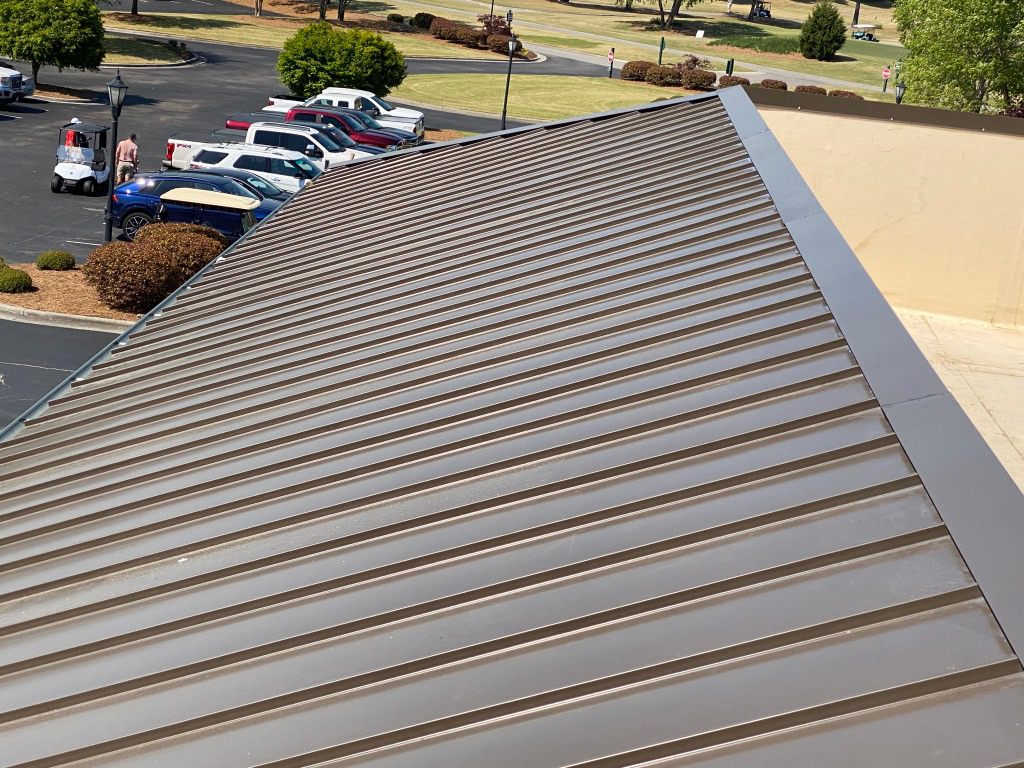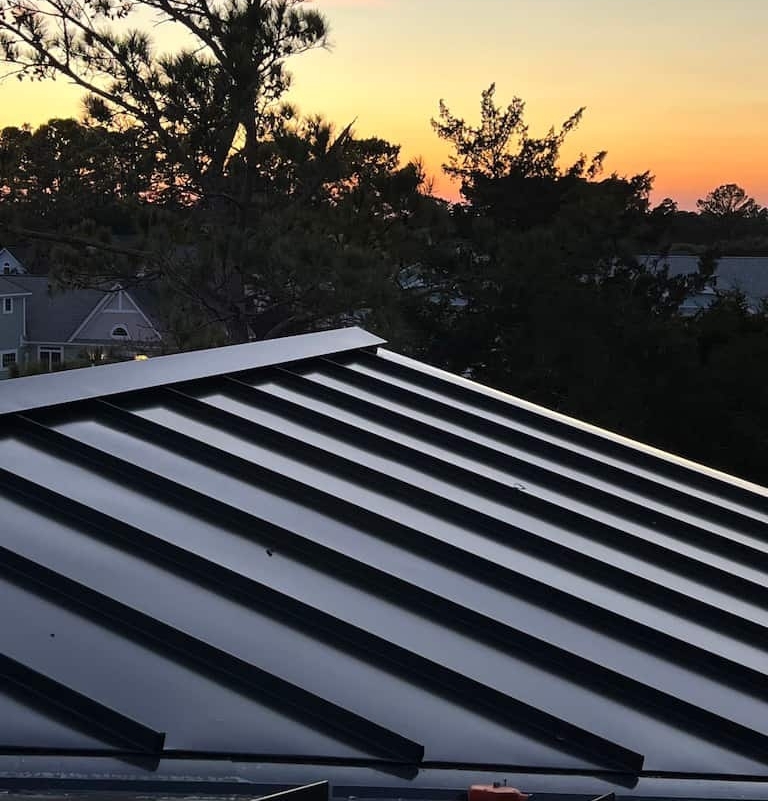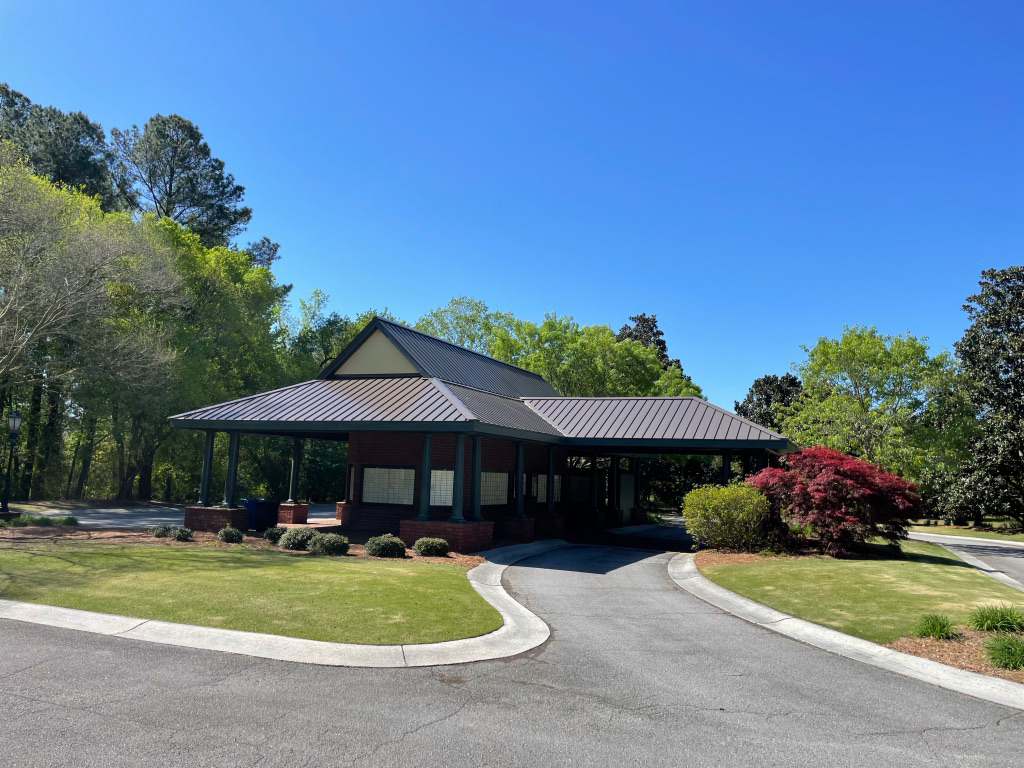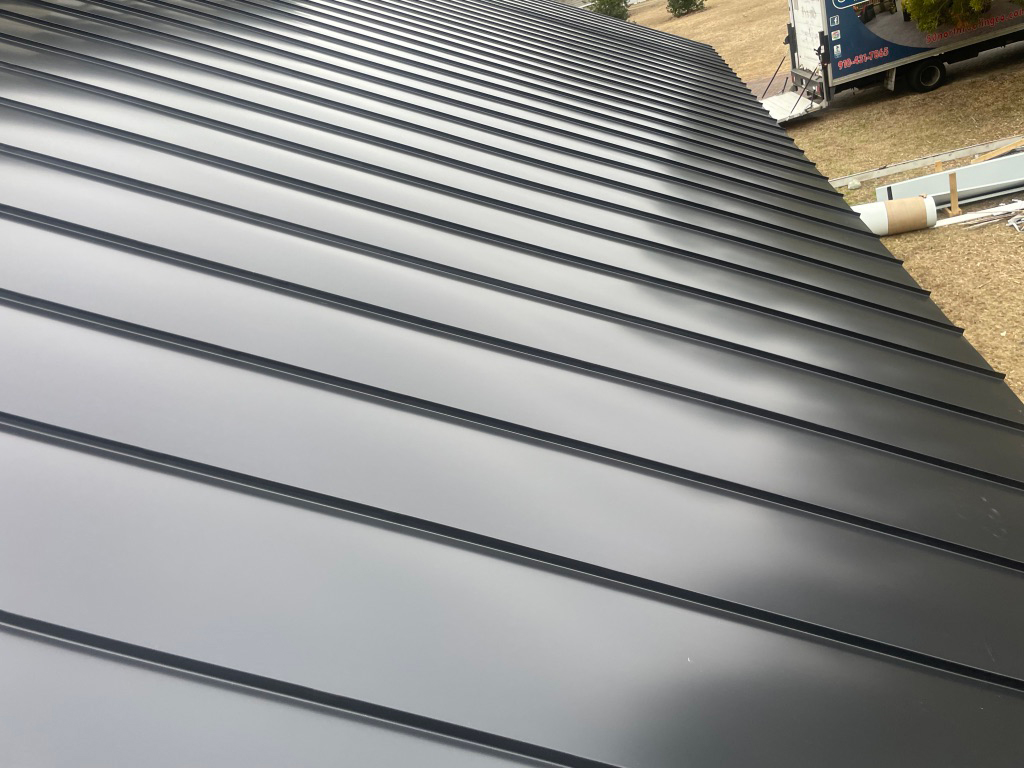Avoid Costly Mistakes: Steps to Take When Hiring a Roofing Repair Contractor
When it comes to home maintenance, it is crucial to consider replacing a roof. There are several important factors to take into consideration when undertaking this project. Neglecting an old roof can lead to water damage throughout your home’s interior, from the attic to the basement. A failed roof can result in some of the most costly and destructive home repairs.
It’s important to take roof replacement seriously and not procrastinate on repairs. While fixing a single shingle may seem manageable, it’s wise to thoroughly inspect your roof if one shingle shows signs of damage to ensure its overall integrity.
In some cases, a permit may be necessary in your state or local area when repairing or reroofing. It’s important to familiarize yourself with these requirements before seeking out bids from contractors, especially if your roof is approaching the end of its lifespan.
Signs You Need a New Roof
There are specific signs that will indicate when your home is in need of a new roof. Let’s discuss some of the most important indications.
When shingles begin to curl, it typically happens in one of two ways: either the edges start to curl upwards, known as cupping, or the middle of the shingle starts to curl upwards, known as clawing. This distortion of the shingles can eventually lead to water leaks.
Loose granules in your gutters can be a sign that your roof may need to be replaced soon. These granules are the protective coating on your shingles that help protect your roof from sun damage. Keep an eye out for this warning sign while cleaning your gutters.
Damaged or missing shingles can indicate potential weaknesses in your roof. While individual repairs are often sufficient, multiple areas of concern may necessitate a full roof replacement.
If your roof has been in place for more than 20 years, it may be time to consider replacing it. Typically, asphalt shingle roofs require repair or replacement once they reach this age.
If you notice significant light coming through your attic ceiling or water stains, it could be a sign that you need a new roof. It’s best to have a roofing professional assess the condition of your roof to determine if it needs to be replaced.
Read Also: 4 things to compare when you replace your shingle roof
Roof Replacement Cost
The cost of replacing a roof in your state will vary depending on factors such as the roofing materials chosen, the roofing contractor selected, the pitch of the roof, and the square footage of the roof.
Roofing Costs by Type
The choice of roofing materials has a significant impact on the overall cost of the roof. For example, a basic three-tab composite roof for a small home can be installed for as little as $5,800 for a 25 square roof.
The cost of replacing a typical roof with architectural asphalt shingles typically ranges from $3.50 to $5.50 per square foot nationally, including demolition, permit fees, waste disposal, and cleanup. However, the use of other materials such as architectural shingles or slate can raise the overall cost. The national average for roof replacement ranges from $4.50 to $10.10 per square foot.
Typical Average Costs of Different Roofing Options
Material Average Cost
Three-tab asphalt shingles $5,500 to $12,300
30-year shingles $8,500 to $14,900
50-year shingles $12,200 to $21,000
EPDM rubber $8,400 to $14,600
TPO or PVC membrane $10,500 to $15,800
Wood shingles $14,800 to $25,600
Steel shingles $15,000 to $26,000
Aluminum shingles $16,000 to $29,000
Standing-seam steel roofing $24,000 to $36,000
Full vs. Partial Roof Replacement Costs
Replacing a section of your roof is a more cost-effective option compared to replacing the entire roof. When roofers only need to remove the damaged singles in a section and replace them with new ones, it’s much less invasive and requires less material, which leads to a much lower quote.
When your roof is severely damaged or at the end of its lifespan, a full-roof replacement will be much more expensive. This is because every old shingle and piece of roof material will need to be removed, which takes more time and effort. As a result, labor and material costs will increase significantly.
In some cases, the cost per square foot for a partial roof removal and replacement may be higher than that of a complete roof replacement due to fixed expenses like debris removal and permits. These expenses remain the same regardless of the scope of the roofing project.
Cost to Replace Roofing vs. Repair
Residential roof repairs are generally much more cost-effective than a full replacement. On average, a repair will cost between $325 and $1680, while a replacement falls in the range of $5,668 to $11,979. In many cases, a repair will be sufficient, especially for issues such as a small leak in a relatively new or well-maintained roof, a minor hole, or improperly installed flashing.
It’s important to consider that while the idea of saving money is attractive, it’s essential to ensure that it’s the most effective option. In some cases, a roof repair may only offer temporary relief and eventually lead to the need for a full replacement. It may be best to invest in a new roof upfront, as it may cost more initially but ultimately save you money in the long term.
key takeaway
Be sure to inquire about the warranties offered for both materials and installation when getting estimates for roof replacement or repair. Understanding the length of the warranties and any potential voiding factors, such as pressure washing or inadequate attic ventilation, will help you make an informed decision when choosing a roofing contractor.
Additional Costs to Consider
When budgeting for a roof repair or replacement, it’s important to consider additional costs such as permit fees, roof inspection, a premium for expedited services in case of an emergency, and any additional damage to gutters or metal flashing. These costs should be factored in along with labor and materials.
The Basic Roofing Materials
The choice of roof replacement options is influenced by factors such as your location and personal preferences. In certain regions, metal roofing is popular due to its fire resistance, while Spanish-influenced tile is preferred in other areas. Additionally, the pitch of your roof will determine which roofing materials are suitable. For instance, wood shake shingles are suitable for steeper-pitched roofs but not for flatter, low-pitched roofs.
The most common choices for residential roofing include:
Asphalt composition shingles are a common and cost-effective roofing option, although their flat appearance may be less visually appealing compared to other materials.
Despite this, they remain the most popular choice for roofing due to their affordability and availability. Wood shakes or shingles are a more expensive option compared to other roofing materials, but they offer an attractive appearance and excellent durability. However, they are not recommended for use in areas with high fire danger.
In recent years, metal roofing made of steel or aluminum has become increasingly popular due to its durability and fire resistance. While these roofs may be more expensive to install and require specialty contractors, they can be cost-effective in the long run due to their long lifespan. There are several types of metal roofing systems available, including raised-seam panels and products that mimic the appearance of composite shingles.
Slate roofing is a luxurious and sought-after option for roofing, but it comes with a high price tag and is quite heavy. Additionally, slate roofs can be slippery to walk on and challenging to repair if they become damaged.
Composition slate tiles are becoming increasingly popular due to their construction from 95 percent recycled materials, such as rubber. These synthetic tiles closely mimic the appearance of slate and other stone tiles while being lighter and more durable.
The traditional Spanish-style red tile roof, made of clay or ceramic tile, has long been the most common roofing material in Southern California and Florida.
However, it is gradually being replaced by metal and composite materials that mimic the look of Spanish tile. Other roofing materials with similar fire retardant abilities are now available, and they are much lighter in weight. One such alternative is the “half-barrel” shingle, which is essentially a cylinder cut in half length-wise and measures roughly 16 inches long.
Tear Off or Second Layer?
In the past, it was typical to install a new shingle roof over the existing layer, sometimes even multiple times. However, in certain areas, this practice is no longer permitted and a complete tear-off of the old roofing is now mandatory. In places where layering is still allowed, it is important to carefully weigh the advantages and disadvantages of applying new shingles over the old roof.
Adding extra layers of asphalt shingles can lead to excessive weight on the roof framing, potentially causing structural issues, particularly for older homes.
In fact, three layers of asphalt shingles can be as heavy as a single layer of slate shingles, which is known for its significant weight.
When considering installing a new roof over existing shingles, it’s important to address any surface irregularities that may already be present.
These can include bubbles, bumps, and waves, which can impact the appearance of your new roof. One way to minimize this issue is to correct as many problems as possible before re-roofing. This can be done using basic tools such as a hammer, roofing nails, and shingles to address bumps, gaps, and protruding nails.
By addressing these issues beforehand, you can ensure a more attractive and long-lasting new roof.
Layering offers a primary advantage of reducing the work involved in the roofing process.
However, stripping off the existing layer and laying down a new one adds more work to the process. Roofing professionals can typically strip most roofs in the morning, so time isn’t a problem for them. But if you’re doing the job yourself, this can be a strong argument for roofing over the old roof.
Manufacturers often have specific requirements for roofs under warranty, including the need for complete stripping of the roof. It’s important to check the warranty to ensure compliance with these rules and restrictions.
When to Get a Roof Replacement
In the majority of the United States, the best time for roofing is typically from late spring to early fall. However, experienced crews can often extend the work season and may even continue roofing in the presence of snow flurries.
During the off-season, it’s a great idea to hire a skilled crew to roof your home. Prices are often lower during this time due to lower labor demand. The key is to have a large team of professional roofers who can complete the job quickly, taking advantage of dry periods.
Understand the Roofing Process
Understanding the process of replacing a roof and the terminology used in the roofing industry will allow you to make an educated decision when selecting a roofing crew. A typical roofing project, when done by professionals, can be completed in just three to four days.
The first step in the process is to remove all existing shingles and deposit them in a roll-off dumpster. Additionally, any damaged or old valley flashing and drip edging will also be removed during this time.
It is important for a good crew to use tarps to protect foundation plantings and shrubs during the tear-off process, and they should also use magnetic tools to pick up any nails and metal objects from the lawn to ensure a clean and safe work environment.
If your roof is in good condition, you can make minor repairs to it. However, if it is not in good condition, you will need to replace any bad wood with either new plywood sheathing or 1 by 6 sheathing boards, depending on the type of roof you have.
In areas where ice dam protection is necessary, you should consider installing an ice guard membrane. This synthetic waterproof barrier material is specifically designed to prevent melting ice from seeping under the shingles and causing damage to the sheathing.
To protect the house from water damage, asphalt roofing paper is laid over the roof sheathing. This paper forms a barrier against water penetration, and is installed in overlapping rows that are secured in place with tacks or staples as they progress upwards towards the peak of the roof.
To properly install the metal drip edging, it is important to apply it around the roof’s edge, including both the eave and gable sides. The metal drip edge should be nailed over the roofing paper or ice guard for secure and effective installation.
Ensure that a new valley flashing is applied as needed, especially in areas where two roof planes intersect. The valley flashing should be secured to the roofing deck with nails and sealed with roofing caulk.
Begin installing tab shingles at the bottom edge of the roof and work your way up toward the peak. When installing roof vents, start at the bottom and continue upwards with the tab shingles.
When installing a roof, flashing is typically installed as the rows of shingles progress upward on the roof deck. This is done to ensure that all areas where leaks might occur, such as against the chimney, around skylights, and stack vents, are properly sealed.
Consider installing a ridge vent to improve air circulation in your attic and prevent hot air buildup and winter ice dams. It’s especially beneficial when re-roofing a house, and if ridge vents aren’t feasible, other types of vents can be installed for attic ventilation.
Ensure that the final cleanup is completed and the debris is hauled away before scheduling a building inspector to inspect and approve the installation.
When estimating materials for a roofing job, the roofing business utilizes specific terminology.
In the roofing business, the term “square” refers to a unit of area, equal to 100 square feet. Shingles are sold in bundles, and typically three or four bundles are needed to cover a square of roofing area.
Read also: Best Way to Install Shingles – Hand Nailing vs Nail Gun
DIY Roof Replacement vs. Hiring a Professional
Having your roof replaced is a big job, and unless you’re a professional roofer, it’s usually best to leave it to the experts. It involves getting all the necessary materials, removing the old roof, and securely installing the new one.
This can be dangerous for homeowners, and DIYers may not have the expertise to spot hidden issues like damage, leaks, or structural problems that could arise during the process. Hiring a professional roofer with the right training and knowledge will help ensure that the job is done correctly and that you won’t have problems in the future due to improper materials or installation.
